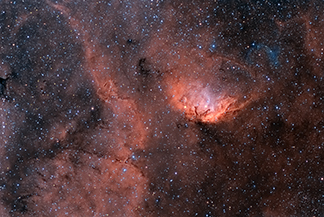
Recent analyses of spectra obtained from Chandra, the Rossi X-ray Timing Explorer, and the Swift, and Suzaku observatories showed that the Cygnus X-1 BH is rotating at or near its maximum spin rate.

Observations with Chandra and ESA's XMM-Newton are especially valuable for studying the property of the stellar wind that fuels Cygnus X-1, and determining its rate of spin. The gravitational energy release by this infalling gas powers the X-ray emission from Cygnus X-1.Īlthough more than a thousand scientific articles have been published on Cygnus X-1, its status as a bright and nearby black hole continues to attract the interest of scientists seeking to understand the nature of black holes and how they affect their environment. Gas flowing away from the supergiant in a fast stellar wind is focused by the black hole, and some of this gas forms a disk that spirals into the black hole. It was one of the first astronomical X-ray sources ever discovered. The Soft State of Cygnus X-1 Observed with NuSTAR: A Variable Corona and a Stable Inner Disk We present a multi-epoch hard X-ray analysis of Cygnus X-1 in its soft state based on four observations with the Nuclear Spectroscopic Telescope Array (NuSTAR). We now know that it is an x-ray binary, where the black hole closely orbits a blue supergiant star known as HDE. The X-ray source Cygnus X-1 is one of the brightest sources of X-rays in the night sky.

A 3-inch scope and the right chart do the trick. It is shown, on the basis of a likelihood ratio test, that the data are significantly better fit by a Compton reflection model. It is found, in agreement with Ebisawa (1991), that the X-ray spectrum of Cyg X-1 exhibits a 'high-energy excess' above 8 keV, similar to that seen in Ginga spectra of AGN. Key words: power spectrum, Cygnus X-1, blackhole, MAXI. Backyard telescope users seeking to spot a stellar-mass black hole, or the next closest thing, have one good option: Cygnus X-1, which is locked in a close, 5.6-day orbit with a 9th-magnitude blue-giant star partway down the Northern Cross. Results of an analysis of archival Exosat and HEAO 1-A2 observations of Cyg X-1 are presented. The Cygnus X-1 system consists of a black hole with a mass about 10 times that of the Sun in a close orbit with a blue supergiant star with a mass of about 20 Suns. Over the years Cygnus X-1 has become one of the most studied objects in the sky. by thermal emission from optically-thick accretion disk in the high/soft state. static produced by x-rays from the hot accretion disk.

About a decade after its discovery, Cygnus X-1 secured a place in the history of astronomy when a combination of X-ray and optical observations led to the conclusion that it was a black hole, the first such identification. The mass of the black hole in Cygnus-X1 has been measured to be 14.8 1.0 solar masses (Orosz. Since its discovery 45 years ago, Cygnus X-1 has been one of the most intensively studied cosmic X-ray sources.


 0 kommentar(er)
0 kommentar(er)
